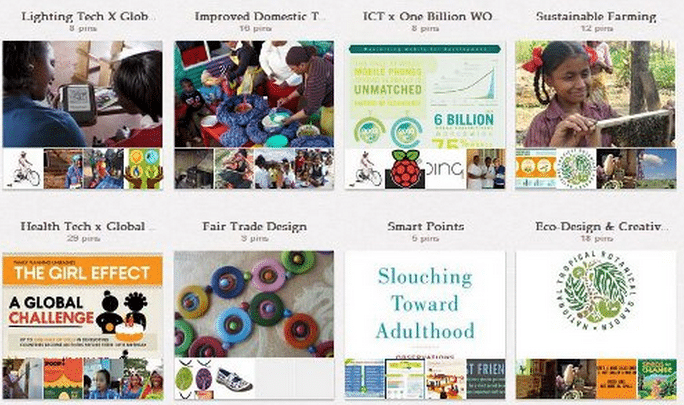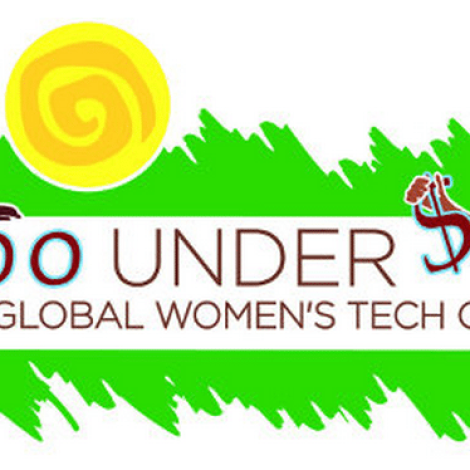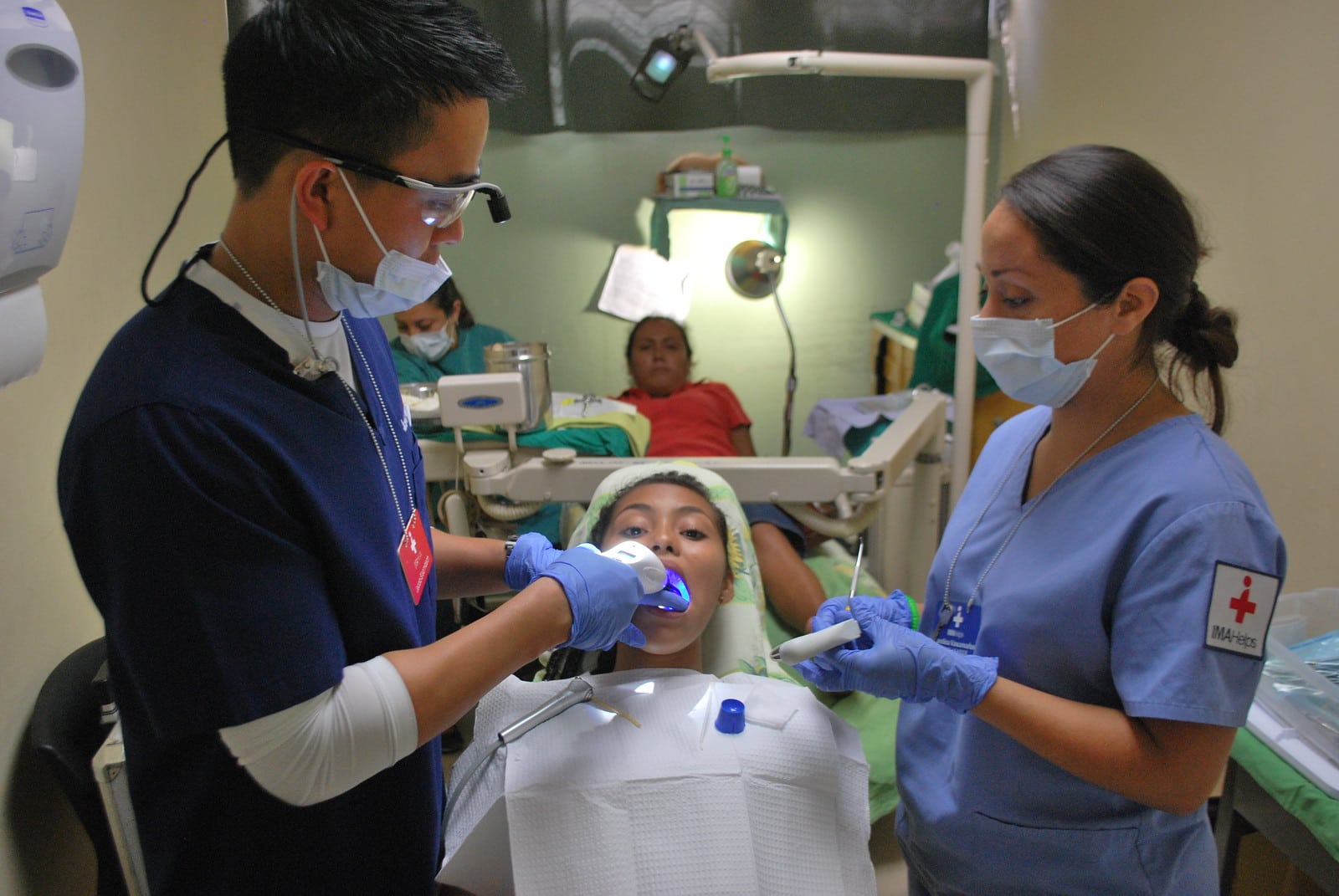Economic development needs women. Research shows that creating opportunities for women, such as work and education, improves the development of emerging economies. When men and women are more or less equal, the economy improves more quickly and the poor become the middle class sooner. Women have taken long strides toward equality in the developing world: there are now more girls than boys in secondary schools in 45 countries, and women make up 40 percent of the labor force worldwide, the World Bank reports.
Technology targeted at women could speed that progress. Improved cookstoves, water carts, solar lighting and electricity-free washing machines are the kinds of domestic devices that buy time and better health for women and their families.
Devices specialized for domestic chores, equipment designed for women’s unique healthcare needs, and any technology that can help women care for their families and themselves and also turn a profit has found a new home online. Called 100 Under $100: The Global Women’s Tech Catalog, the collection is a work in progress on Pinterest and the Web site linked.
The author, Betsy Teutsch, has one of our favorite pinboards on Pinterest, loaded with arresting photos and detailed, sometimes funny descriptions and infographics. Teutsch is an artist and writer who has worked in micro-finance and environmental conservation, and she plans to publish this catalog as an e-book in the Spring of 2013. She was forthcoming about her research and her new-found insight into the technology that can empower women. These are highlights from our conversation.
E4C: How did 100 Under $100 get its start?
BT: There are many different things that will bring about women’s empowerment in the developing world, and a lot of it is legal and a lot of it is education, but I think that getting women clean water and sanitation and solar panels, those things are all going to have an enormous impact liberating women’s time and their labor.
There isn’t a lot of attention to domestic technology because the people that design the technology are not responsible for domestic functions. I realized how rare it was that you see women actually digging in and applying technology to improve their situations. I thought it would be great to use this catalog to bridge this gap between the developing world technology sector and the developing world women’s empowerment sector.
This book will also be an opportunity to give a shout out to women engineers and technologists who are doing some amazing things, focusing on women in the developing world. My idea is to tell upbeat stories about all the clever and wonderful things that people have designed.
E4C: What surprising facts have you learned in your research?
BT: I was surprised about technology transfer in the other direction. There’s a wonderful organization called Solar Ear. They have developed very stripped-down, but effective, hearing aids for people in the developing world. The big problem with hearing aids is you have to replace the batteries every few days. Even if you could afford [a traditional] hearing aid, you couldn’t afford the batteries. So, they came up with a solar battery charger that was designed by a team of women in Botswana. It’s around $50 and you can recharge the hearing aid batteries 300 times. So why on earth are we not doing that in the United States? We have an aging population and the number of batteries wasted is going to go up.
E4C: Are there any myths that you can dispel after digging into this deeper?
BT: Well, I think that improved cookstoves are proving to be hard to get people to use. The myth there is that if you just say that you have this problem and we have this solution, without integrating it culturally, it isn’t, in fact, a solution. It’s just a good idea. It isn’t just about creating designs, it’s about co-creating designs with the end users.
The other myth is that poor people don’t care about design. People don’t want cheap, ugly things. They do respond with much more enthusiasm to well-designed, attractive objects. Everybody loves cell phones because they’re really well designed.
E4C: What’s missing from your catalog that you’re trying to track down now?
BT: I keep thinking about my grandmothers or my great grandmothers who lived at the end of the 19th century when electricity was introduced and I just keep thinking about how their lives changed all through the 20th century in the industrialized world with what we call labor-saving devices. Appliances. They figured out one after another. Once they had electricity, they figured out washing machines, vacuum cleaners, dish washers. I’m really interested to see what women want for themselves when it comes to labor-saving devices.
Solar panels are mostly focused on electrifying light. That’s obviously really huge. But there are a lot other ways that women’s time could be made more efficient, and I’m curious to see how that plays out. I guess I’m thinking about the aspirational consumption of women in the developing world. What is it that they want? And how can we help them get it? We’ll have to do it in a way that sips energy. Lights are an excellent start, but we need a lot more.
I’ve been interested in how they handle diapering in the developing world. You can’t afford diapers if you’re on a dollar a day. The rising middle classes in the developing world are using diapers. To my utter amazement, I have not found one academic study of toilet training in the developing world. I guess if you don’t have toilets, you don’t really call it toilet training. It’s one of the large issues from a sanitation standpoint. This is an area where creative people can make a difference. It’s a health issue. But, nobody seems to be giving it much thought. It’s a pretty big gap. Especially if you think of the size of the diaper market in the developed world. It’s a huge industry. I did find some disposable diaper studies in China. Marketing companies were running them to figure out how to best meet the Chinese market. Basically, they were trying to create a market, but they weren’t really clear on how people are trying to meet this problem.

This screen shot from Betsy Teutsch’s Pinterest page shows some of the boards that she has posted to represent her catalog research.
E4C: Have you found any new heroes to admire since you began this project?
BT: Pilar Mateo. I don’t know why we don’t hear about her more, but she’s a chemist in Spain. She figured out how to design paint infused with insecticide. They’re using it in Peru to paint adobe homes to repel insects that transmit chuka disease. It has radically improved the health of villagers.
Jane Chen [co-founder of Embrace]. She created a bunting for a premature baby that takes the place of an incubator. Its cost and energy requirement are a fraction of that of traditional incubators.
Eden Full [founder of Roseicullis Technologies and designer of the Sun Saluter] She designed a $10 product that allows panels to rotate during the day towards the sun. It’s so ingenious. If it’s adapted it will increase the efficiencyh of solar panels by 20 or 30 percent. And that’s enormous. And she’s 19 years old!
E4C: In your wildest dreams, what effect will this book have?
BT: My wildest dream would be that it would make a difference in women’s lives in the developing world. I expect that a large part of my audience will be women who want to make a difference and will be charged up after reading this book. Even with a little bit of philanthropy they can have an impact. I’m hoping that it will help some of these organizations that need to find donors to subsidize their work. And some of the companies are going for a market-based solution and need to get investors.
I think that my super, I-died-and-went-heaven fantasy would be that somebody reading the book will be in a position to invest in some of these very valuable businesses. The other hope that I have is that will be a go-to book for young people who are excited about being social entrepreneurs. These are 100 great organizations to work for, plus I’ll list many resources and other NGOs. There are so many different avenues into doing great work in the world

